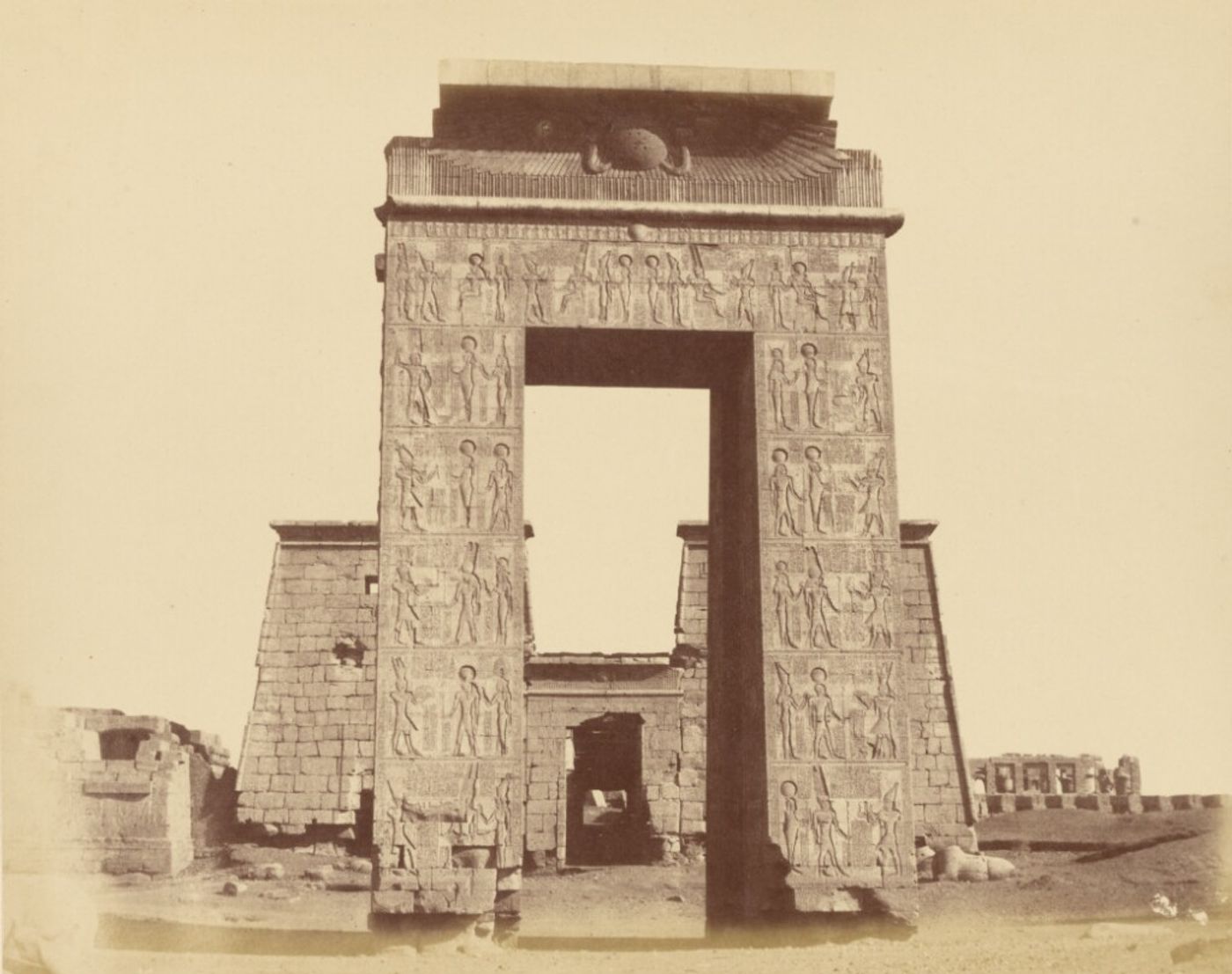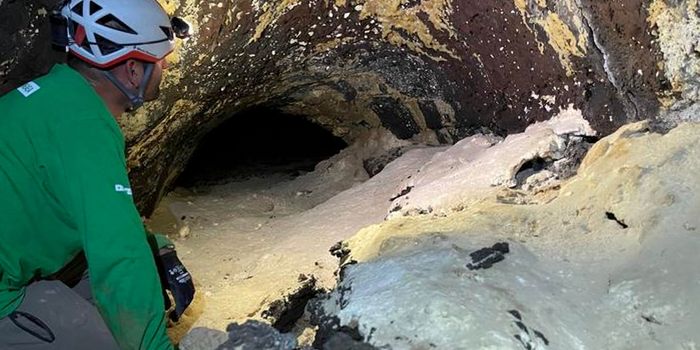"It is improper to boil a head in here": Discovery of A Falcon Shrine with Animal Offerings in Ancient Egypt
Ritual use of animal sacrifice is not unusual in Ancient Egypt and animals were frequently mummified throughout the Old, Middle, New Kingdom and onward. But a new discovery at the port of Berenike on the coast of the Red Sea in south eastern Egypt, has revealed an interesting new element of these practices associated with the moon deity Khonsu and a little known semi-nomadic group called the Blemmyes.
The site of Berenike dates to the later Roman period in Egypt, or the 4th-6th centuries CE, and was inhabited during this time -at least partially- by the Blemmyes people from Nubia (now Northern Sudan/Southern Egypt).
Excavation at the ‘Northern Complex’ started in 2015, and in 2019 the team uncovered what they refer to as the Falcon Shrine. Trenches revealed several rooms, or chambers, with ritual deposits placed throughout. In one chamber was a rectangular limestone pedestal with an inscribed statue and a possible offering stand. Around this pedestal, and the reason for naming the space the Falcon Shrine, were the skeletons of 15 falcons.
While there was a total of 735 animal remains found in this room (fish, birds, and other mammals), the majority (64.2%) belonged to three species within the genus Falco: peregrine falcons, saker falcons, and common kestrels. These animals were either local, or were bred for sacrifice, either option is equally possible. While falcon mummies are known from ancient Egypt, these 15 were not. Even more interesting, most were decapitated.
A carving on a stele (a stone slab) also found here, shows several gods and features a Greek inscription that reads, “It is improper to boil a head in here.” The stele shares many similarities with one found at Edfu depicting the lunar god Khonsu, with a falcon head. While the falcon is typically associated with Horus, Khonsu can also be depicted this way.
This oddly specific inscription is “a prohibition that warns the reader not to engage in what was clearly considered a profane activity: the boiling or cooking of a head, presumably that of a falcon, within a specified place—in this case, the shrine in which it was found.” So, while the birds were boiled and decapitated as part of the ritual, that wasn't supposed to happen in this specific room.
Not much is known about the religious practices of the Blemmyes, but this site starts to fill in some information. It shows that they took part in some Egyptian traditions and made offerings to an Egyptian god. Study author Joan Oller Guzmán said that “all of these elements point to intense ritual activities combining Egyptian traditions with contributions from the Blemmyes, sustained by a theological base possibly related to the worshipping of the god Khonsu."
American Journal of Archaeology, Smithsonian Magazine, Science Daily









